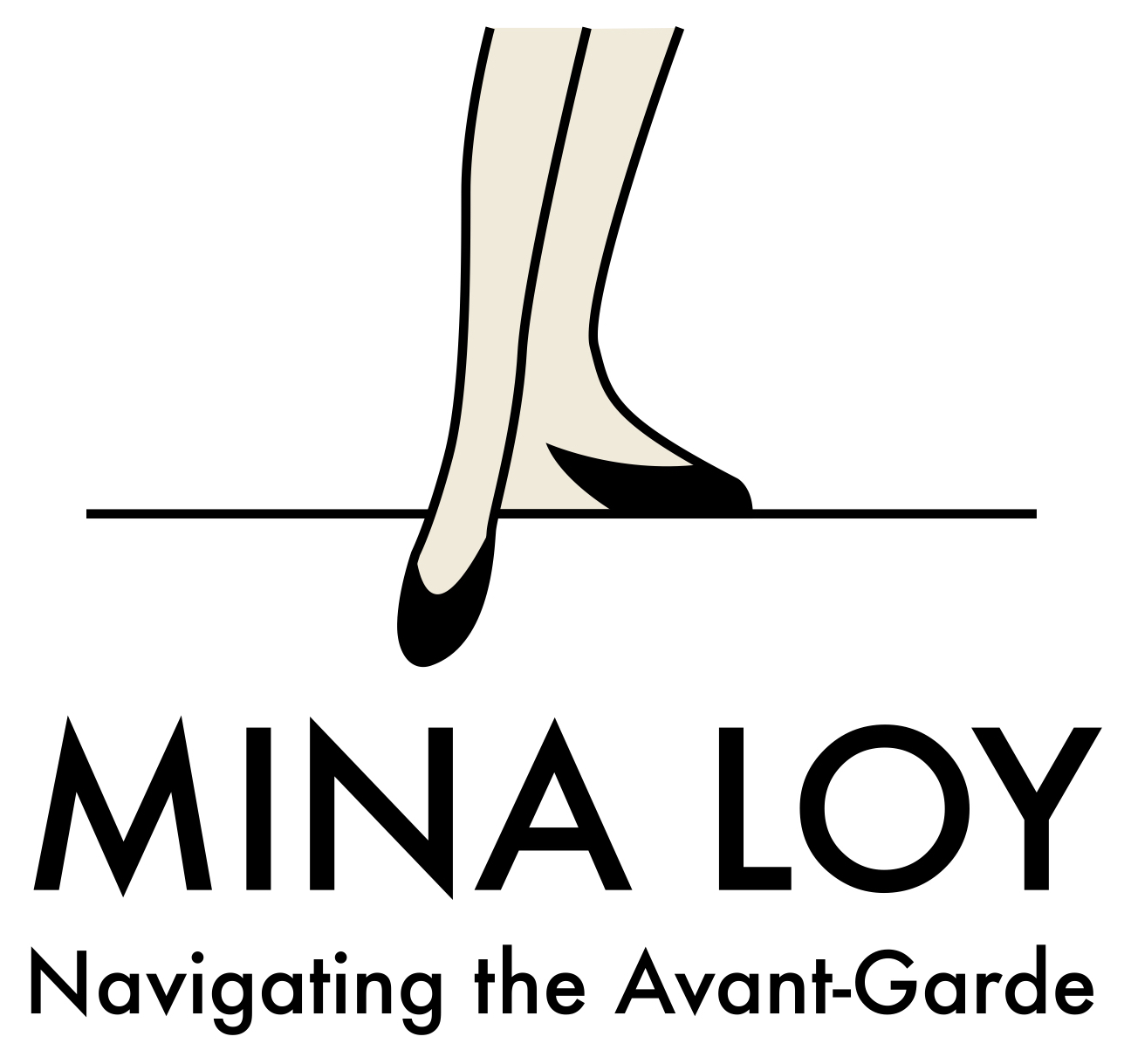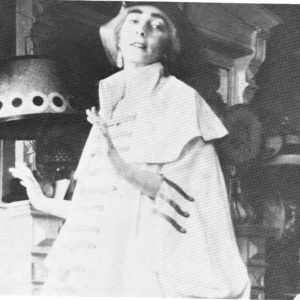BUT the Future is only dark from outside.
Leap into it—and it EXPLODES with Light.– Mina Loy, “Aphorisms on Futurism” (1914)
 Artist, poet, feminist, entrepreneur, inventor, and world traveler, Mina Loy consorted with nearly every avant-garde movement, including Futurism, Dada, and Surrealism, but was contained by none. Mina Loy: Navigating the Avant-Garde documents her avant-garde affiliations, pursuing new modes of textual and visual expression in order to invite a closer, more informed engagement with her work. This peer-reviewed, digital, multimedia scholarly book is an open educational resource authored by students, staff, and faculty at Davidson College, Duquesne University, and the University of Georgia (UGA). It is the culmination of a five-year collaboration, supported by a generous Digital Humanities Advancement Grant from the National Endowment for the Humanities.
Artist, poet, feminist, entrepreneur, inventor, and world traveler, Mina Loy consorted with nearly every avant-garde movement, including Futurism, Dada, and Surrealism, but was contained by none. Mina Loy: Navigating the Avant-Garde documents her avant-garde affiliations, pursuing new modes of textual and visual expression in order to invite a closer, more informed engagement with her work. This peer-reviewed, digital, multimedia scholarly book is an open educational resource authored by students, staff, and faculty at Davidson College, Duquesne University, and the University of Georgia (UGA). It is the culmination of a five-year collaboration, supported by a generous Digital Humanities Advancement Grant from the National Endowment for the Humanities.
Our goals are to:
- provide access to and interpretations of Loy’s verbal and visual work, much of which remains buried in archives or private collections;
- transform close reading through multimodal tools and environments that activate verbal and visual reading practices;
- develop a crowd-sourced, flash-mob, feminist theory that better accounts for the contributions of women and people of color to the avant-garde;
- conduct an experiment in public humanities scholarship that involves scholars and students in transforming scholarly methods and products, tests new processes for peer review, and sets UX design standards for digital scholarship.

Our aim is not to create a comprehensive digital archive or open source wiki, but to provide a curated, multimedia, interactive platform for accessing and understanding Loy’s writing, artwork, and career. Using Loy as a case study, our project aims to broaden understanding of the diversity of avant-garde production and activate a network of interested readers and scholars. Mina Loy: Navigating the Avant-Garde demonstrates how digital tools can transform humanities scholarship from the traditional model of a lone scholar writing a monograph to a team of researchers collaborating on a “multigraph”—an interactive, multi-authored, multimodal resource that sets UX design standards for DH scholarship.
Crucial to our principles of feminist design and our aim to make Loy’s work accessible to a diverse readership is a commitment to meeting standards for web accessibility. We have tried to uphold WebAIM’s web accessibility guidelines in the design of our site:
- WebAIM: Web Accessibility in Mind
- Introduction to Web Accessibility
- Principles of Accessible Design
- Alternative Text
Co-created by researchers at our respective institutions, this multimedia scholarly book involves students, faculty, librarians, and technologists as equal partners in the production of original humanities research. We were inspired by the UCLA Student Collaborators’ Bill of Rights: all students earned course credit for their projects, received payment for work that was not directly related to course learning goals, and were given a choice to have their names listed as collaborators or to remain anonymous.
The site includes:
- New Frequencies: This page links you to innovative student research projects. Our UX design affords equal prominence and value to their work, while allowing for experimentation with new tools and formats for humanities research.
- Mina Loy Baedeker: scholarly guidebook for digital travelers: This collection of peer-reviewed scholarly chapters provides expert analysis of Loy’s experimental art and writing.
- Close Readings: Split screen technology allows you to read an analysis of a Loy poem alongside the poem itself, with shading to indicate the sections of the poem under discussion.
- Art Exhibits, Timelines, Maps, Bios, and links to Archives to help you contextualize Loy in time, space, and social networks.
- Feminist theory of the avant-garde—what we’re calling the “en dehors garde,” in order to account for artists who came from the outside and worked on the margins. Check out the (post)cards submitted in digital flash mob formation of a feminist theory.